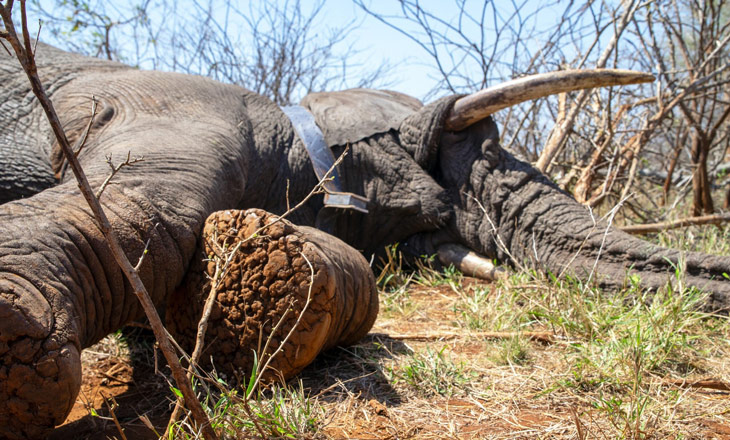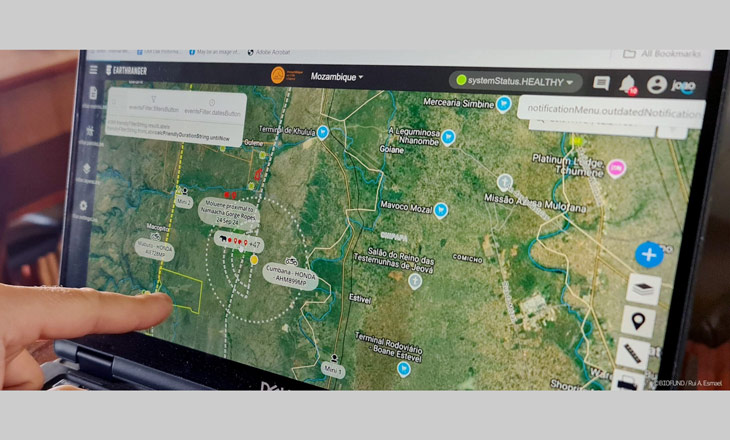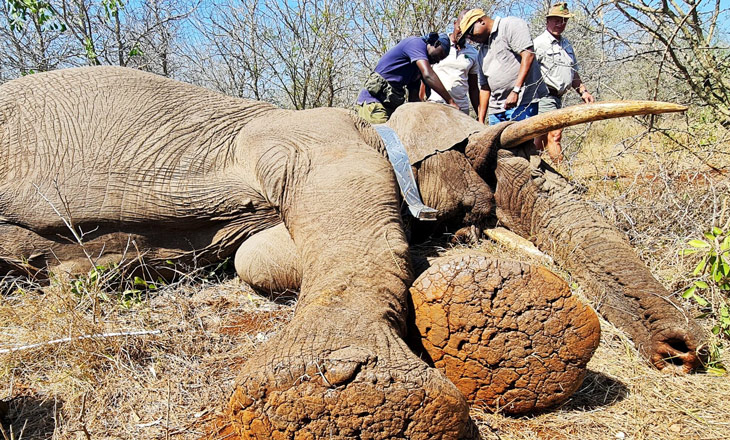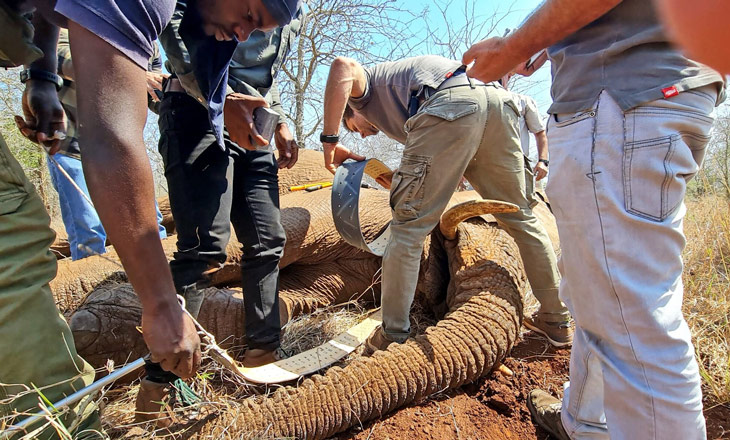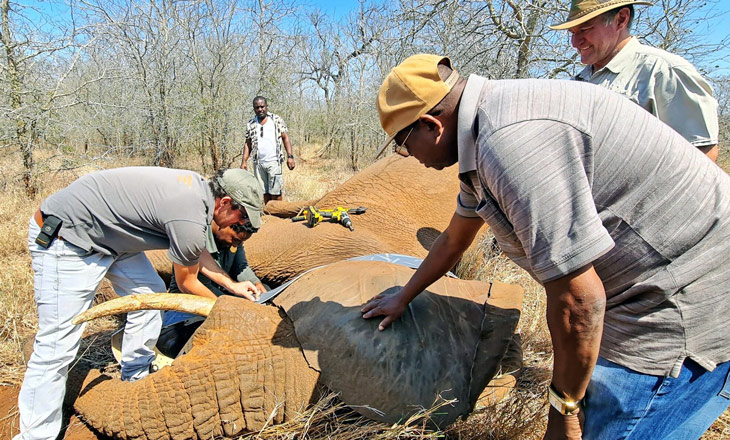At the end of September 2024, the Incomati Conservation Area in Moamba District was the stage for an important wildlife conservation and protection activity, with the fitting of GPS collars on three male elephants, named Saseka (“beautiful” or “graceful,” reflecting the elephants’ beauty and majesty in the wild), Tintswalo (“compassion,” aiming to encourage compassionate attitudes toward wildlife), and Vutomi (“life,” highlighting the importance of preserving elephant lives).
Published at 07/10/2024
For Wildlife and Communities: GPS Collars Reduce Human-Elephant Conflicts in Incomati
The initiative, supported by BIOFUND, Mozambique Wildlife Alliance (MWA), and Incomati Conservation, in coordination with the National Administration of Conservation Areas (ANAC), is part of the project “Voices of the Savanna: Elephants Monitored, Communities Heard,” which aims to mitigate conflicts between elephants and communities in Maputo Province, particularly in the districts of Moamba, Namaacha, and Matutuíne.
This one-year project seeks to monitor elephant movements using advanced technology, such as GPS collars. This approach provides real-time data on animal movements, helping to anticipate interactions between elephants and local populations, especially in Moamba, Namaacha, and Matutuíne. In addition to contributing to the protection of crops and community infrastructure, the initiative strengthens local capacities for the peaceful resolution of human-wildlife conflicts.
The fitting of the collars was made possible through support from the bio Card, a partnership between Commercial Investment Bank (BCI) and the Foundation for the Conservation of Biodiversity (BIOFUND), in coordination with ANAC. The bio Card, Mozambique’s first biodegradable card, directs a portion of its revenue to support conservation projects like this one, at no additional cost to users.
This action not only strengthens efforts to preserve biodiversity but also represents a significant step toward promoting peaceful coexistence between communities and elephants, creating a sustainable and replicable model for other areas of Mozambique.

